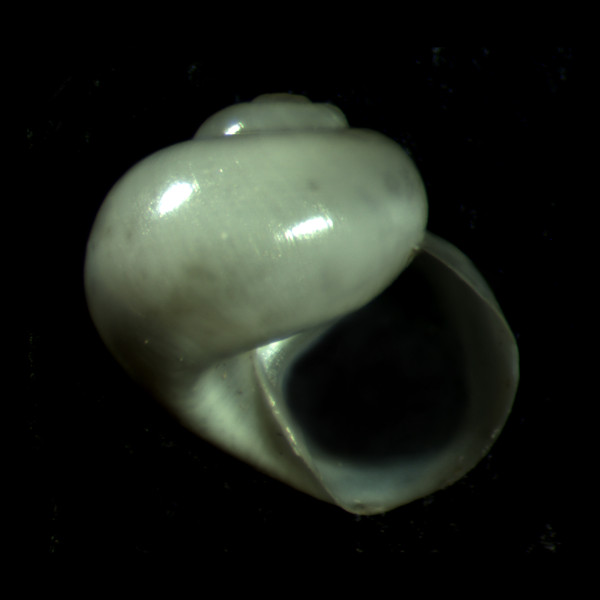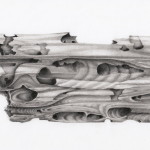To grow larger, maintain themselves, and produce offspring, organisms require a ready source of building blocks such as carbon. In short, life requires energy.
Keep this basic fact in mind as you consider that carbon production on land and in the oceans is radically shifting as our climate changes. At least one study indicates that the global production of phytoplankton, the basis of the ocean’s food chain, is declining. But the global pattern is more complex than that. The equatorial Pacific experienced overall declines of ∼50% over the last decade while polar regions experienced comparable increases. Clearly, we need a more complete understanding of the consequences of current and forthcoming climate change as it impacts the ocean’s food supply.
Research on both the species and habitats on land have provided us with some evidence of what might occur in the oceans. As food increases, you expect there to be more life. Animals should be more abundant and larger in size. As food decreases, you should expect the opposite. Yet, we do not know if energy is equitable distributed. Do all species get equally larger and more abundant? Some species may be able to monopolize the food. For example, prior research, mine included, suggests that certain sizes, especially the medium sizes, dominate the energy demand. However whether this remains constant at both high and low food availabilities is unknown.

Food webs are also predicted to become more complex with increased energy. High food availability at the base of the food chain allows more energy to reach the top. Thus more energy supports a greater diversity of top predators. However, the differences in the body sizes of the prey and predators can turn this simple relationship on its head.
Increases in the number of different species might occur with increased food this is referred to as the species-energy rule. More energy allows species to have a higher abundance. This larger population is buffered against random detrimental events and less likely to go locally extinct. Thereby more species would occur in the local community. Alternatively, additional energy may elevate rare kinds of food, allowing rare species eating these rare foods to exist. And given more energy, diversity may increase because those top predators are being supported. These are just three of nearly a dozen different hypotheses relating food availability to biodiversity. But lots of food may also lead to an alternative outcome where a superior competitor consumes all the food. Thus diversity may actually not change or even decline with more food.

I could spend the rest of this post writing about all the different theories and ways that a community of organisms could be impacted by changes in food. However, it would remain just that, theory. What we lack, especially for the oceans, is real data. But studying the impacts of changing energy on a real community of species is difficult if not impossible. One, we often lack knowledge of the total amount and source of energy in a habitat. Two, it can be impossible trying to experimentally manipulate it. How would you easily change the amount of food available in a forest?

This is where the wood fall project comes into the play. In 2006, Jim Barry (Monterey Bay Aquarium Research, MBARI) and I (when I was a MBARI postdoctoral fellow with Jim) chunked 36 logs into the deep to begin the examination of wood fall communities. The wood varied in size from 1.4 to 45.4 pounds. The species that occur on the wood fall are completely reliant on the wood for food. Indeed, wood falls are like little energetic islands. They represent carbon availability 100-1000x greater than the surrounding deep-sea mud. Wood falls are an oasis in a food desert. With wood falls we know exactly where the energy originates and we can control the total amount of energy available to the community. In addition, we are able to track the flow of energy through the wood fall food web chemically using the unique carbon signature of the wood itself.
Wood falls are the best model system for understanding exactly how life is influenced by changes in energy. Wood falls are a window into how the oceans will respond to climate change.
We have just started analyzing the retrieved logs and our first paper is now in review! The next step is to build the food web and look for the unique chemical thumbprint. These analyses cost anywhere from $10-$20 per sample and for an accurate assessment, we need dozens of individuals from the multitudes of species on the wood fall.
This important project opens a direct window into our ocean’s response to climate change. We need your help to make it happen. We’re a third of the way to our funding goal $4,000, but if we don’t make our goal by March 7th, we don’t receive a penny of the funds. Please support our project with a donation today.
https://experiment.com/projects/wood-is-it-what-s-for-dinner





